I want to include a MOSFET in a schematic I'm designing. I want to manufacture the finished board at JLCPCB, but it seems they they have a very limited set of options for MOSFETs or transistors in general.
This is a part of my schematic:
I want to turn on 4 LEDs with an Arduino. I tried doing this without a MOSFET but the output-wattage of about 2 W is way too low for driving all my LEDs (250 mW each). Here is the datasheet of the MOSFET I chose for now.
I'm not sure if this MOSFET suits my needs. The input to the gate (C01) comes from the Arduino, so 5 V. The VCC would be the same power adapter as the Arduino, so also 5 V, but with way more current available. Each LED would consume 20 mA of current according to the datasheet.
Would the AO3414 be suitable for this? The datasheet states it can handle 20 V, but I'm not sure if that means it can handle 5 V as well? The voltage from gate to source is ±8 V. Is 5 V still possible? If not, could you maybe suggest another MOSFET? If the voltage from gate to source is below 5 V, what would happen if I'd use 5 V anyway?
Edit: I changed the orientation of the MOSFET, would this setup work:
Edit: Since PStechPaul pointed out that the voltage drop is too much, I gave each LED a resistor. Would it be OK this way:
I calculated the resistance with this calculator.



